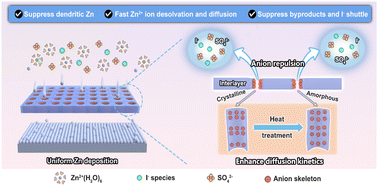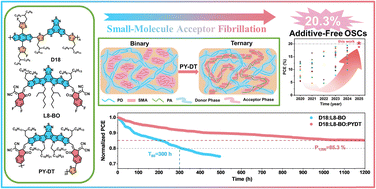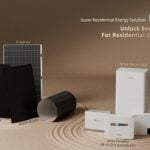In Situ Polymerized Localized High‐Concentration Electrolytes for Ultrahigh‐Rate Sodium Metal Batteries
Advanced Energy Materials, EarlyView.

Designed by strategically integrating 1,3-dioxolane as both a diluent and polymer precursor, an in situ polymerized localized high-concentration gel electrolyte enables simultaneous modulation of anionic coordination and decoupling of ionic transport. This innovative design achieves high ionic conductivity while promoting rapid desolvation, ultimately realizing high-rate stable cycling performance of batteries at 10 C.
Abstract
Sodium metal batteries (SMBs) offer a promising alternative to lithium-ion systems due to the natural abundance of sodium. Nevertheless, their practical application is hindered by challenges of sodium dendrite growth and unstable electrolyte/electrode interfaces in conventional liquid electrolytes. Here, an in situ polymerized localized high-concentration gel electrolyte (IS-LHCE) is presented and engineered through strategic integration of 1,3-dioxolane as both diluent and polymer precursor. Unlike conventional approaches using inert diluents, the design establishes a polymer-confined solvation structure that simultaneously achieves anion coordination regulation and ion transport decoupling. This unique configuration reduces Na+ activation energy to 0.0379 eV, enabling exceptional ionic conductivity of 6.07 × 10−4 S cm−1 and a wide electrochemical stability window (≈4.56 V). The in situ formed polymer network of IS-LHCE promotes preferential anion decomposition, forming a gradient inorganic-rich solid electrolyte interphase dominated by NaF/Na2S phases, which enables Na||Na symmetric batteries to achieve unprecedented cycling stability of over 1,200 h at 0.1 mA cm−2. The Na3V2(PO4)3||Na full batteries demonstrate record-breaking longevity, with 90.8% capacity retention after 3,000 cycles at 10 C rate. This work presents a new paradigm in polymer electrolyte design, fundamentally resolving the longstanding trade-offs between interfacial instability and ion transport, avoiding dendrite formation, and advances practical high-energy-density SMBs.













































































































































